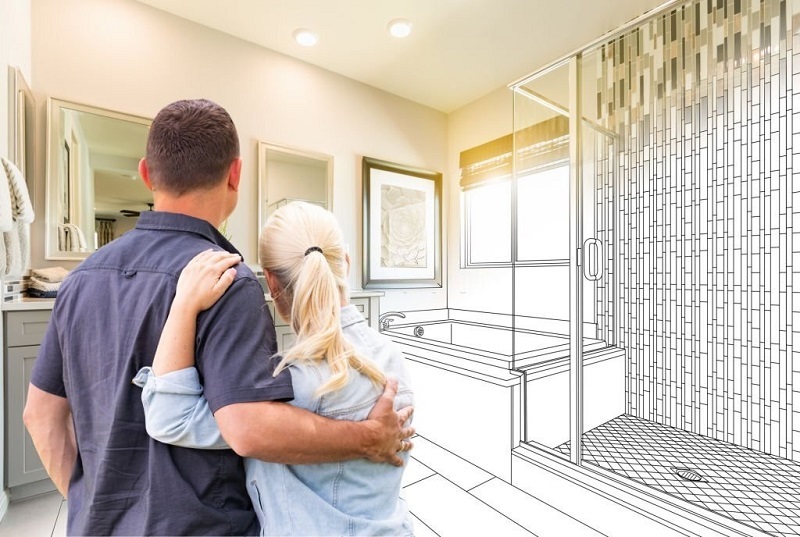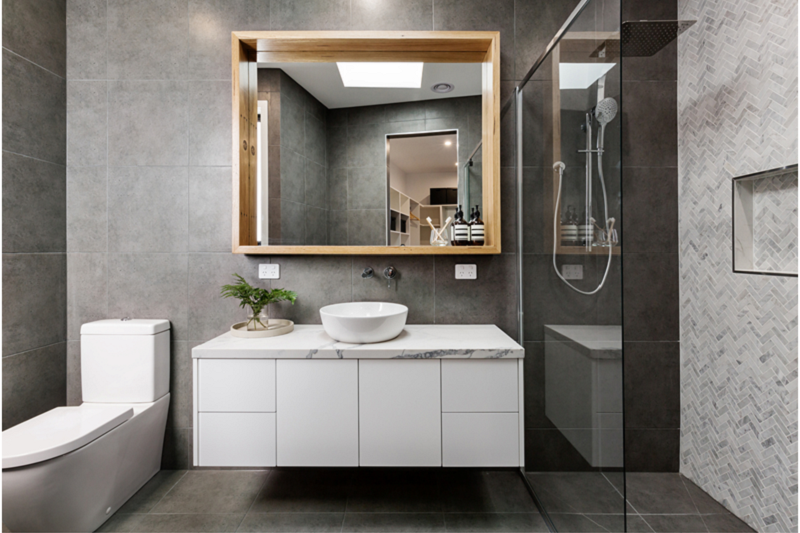A hot shower is the ultimate go-to remedy after a long, stressful day. For many people, it’s the best way to start the morning and sets the mood for the whole day. Once you install the perfect showerhead, you more than likely don’t give shower maintenance any further thought. That is, until it starts leaking.
Discovering a leaking shower is a common reason to call the emergency plumber Melbourne residents use to fix commercial and residential plumbing issues. Do you suspect that your dripping shower may be on its way to becoming a full-blown issue? If so, then this post is a must-read.
How is a Leaking Shower Defined?
Plumbers define a leaking shower issue as any problem with the fittings, pipes, or seals within the shower system that results in water dripping or leaking. This often involves the following:
- Leaks from the showerhead
- Shower valve
- Base of the shower or floor area
- Shower doors
Shower leaks can be caused by a variety of different factors and depend on the quality of installation, age, and maintenance. Common causes of a leaking shower include:
- Worn-out seals
- Issues with the waterproofing
- Drainage system issues
- Damaged pipes
- Ill-fitting fixtures
Know the Signs of Leaking Shower
When you first hear the term “leaking shower”, your first thought may be that you’re dealing with an old or faulty shower head. It’s essential to point out that this isn’t the only issue that could be causing the leak. It’s important to know what signs to look for to prevent increased damage. Here are the most common signs to know.
1. Excessive Water
If you have a full household, it can often be difficult to know if your shower is leaking or simply still damp from the last shower. However, if your shower leak is becoming excessive, you’ll instantly see more moisture than usual in some areas.
Water leaks in your shower are an indication that the grout is no longer sealing the tiles. Clear leak indicators include the following:
- Pools of water around the base of the shower
- Damp spots on the walls (sometimes high up since damp rises)
- Water on the floor after the shower should be dry
- Puddles of water under closed taps
- Damp, musty smells that don’t clear up even after the space has been dried out
- An increase in the water bill may suggest a hidden leak
Dry the water, add ventilation by opening a window or switching on a fan and ask everyone to hold off on using the shower for a few hours. If you still see moisture or water appearing on the floors or walls, it means you have aleak somewhere.
2. Missing or Cracked Grout
An obvious sign that your shower has a leak problem is presence of broken or missing grout lines. When the grout has become worn, water can easily seep in behind the tiles, which can cause them to lift. This issue should be addressed as soon as possible to avoid having to deal with the cost of replacing tiles as well.
3. Stains and Discolouration
Grout should always maintain its colour, especially if a fresh quality product was used in the application process. Since your shower is generally a clean environment, there should be no reason for grout or floors to become stained.
Stained or discoloured grout is often a sign of mould, mildew, and water damage. If your grout is old, it may be time to call your plumber for a leak assessment. Don’t simply replace the grout without being sure that you’re not just closing an area where water is still leaking.
4. Peeling Paint
No matter how old your home is, peeling paint is a clear indication that there may be a water leak. The most obvious places will be on the ceilings and walls where the leak is. This is especially obvious if the rest of the house doesn’t have the same signs of peeling paint.
5. Loose or Cracked Tiles
It’s not uncommon for tiles to become loose or cracked over time. However, if you have loose tiles that can’t be attributed to age, it may be a sign of something else being the problem. Tiles usually become loose if water is seeping in underneath them. This can happen to both floor and wall tiles and will require immediate assessment.
6. Obvious Signs of Mould and Mildew
Mould requires moisture to grow and thrive. This means that if you’re seeing mould in your shower area, there may be a water leak. Use bleach to wash off the mould and air the space out. If the mould returns, it’s a water leak.
Final Thoughts
If you’ve noticed any of these issues in your shower, your next course of action should be to call your trusted plumber. Local experts will use specialised technology to detect the root cause of the leak and then make the most efficient recommendations for a long-term solution. They’ll keep your shower working properly when it should and dry when it shouldn’t!





